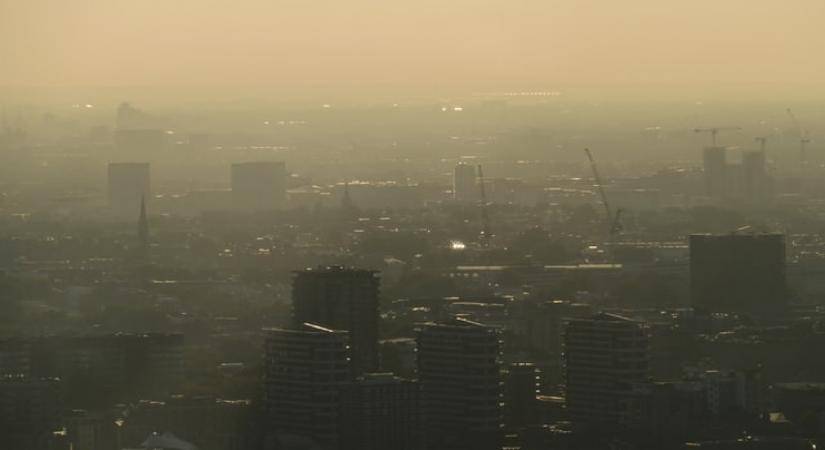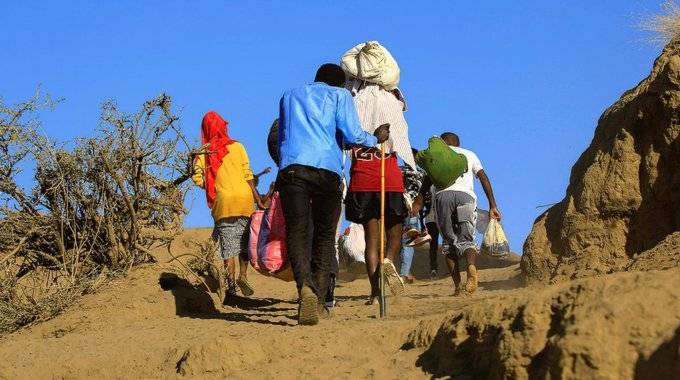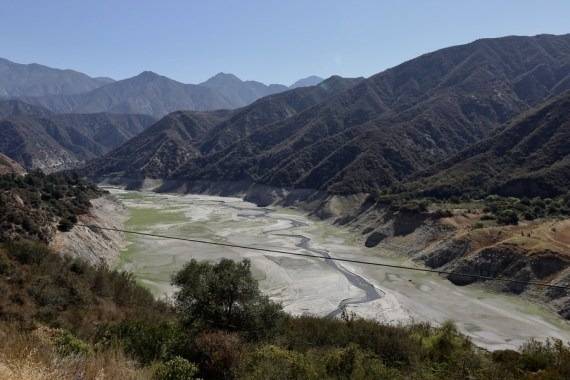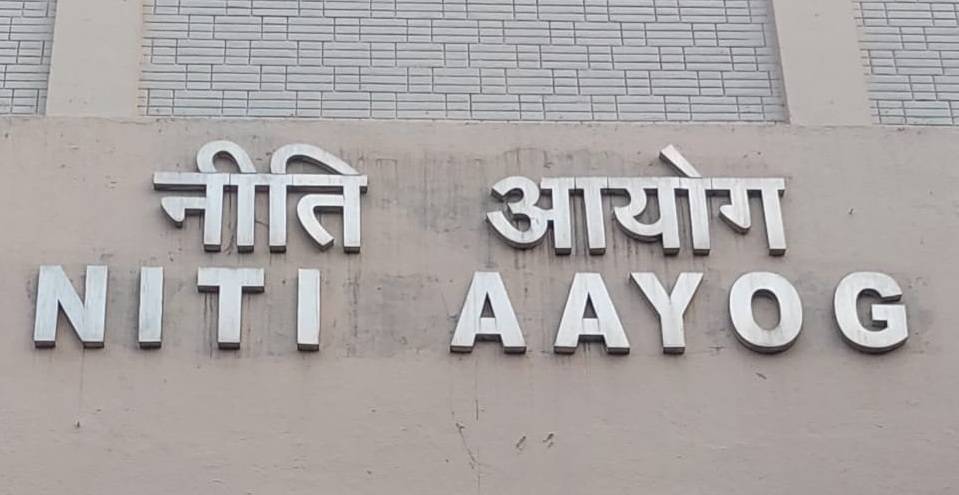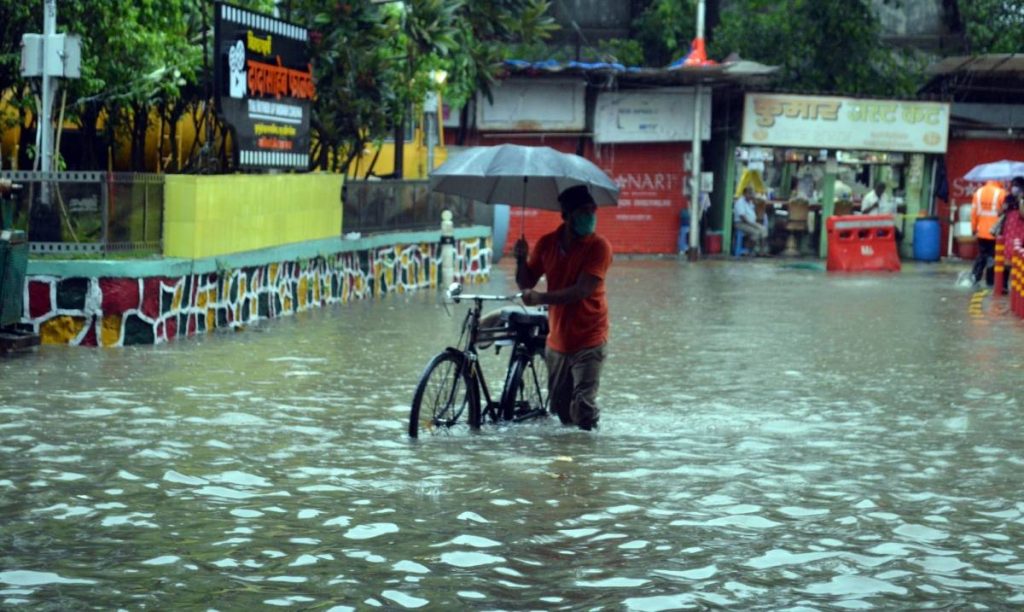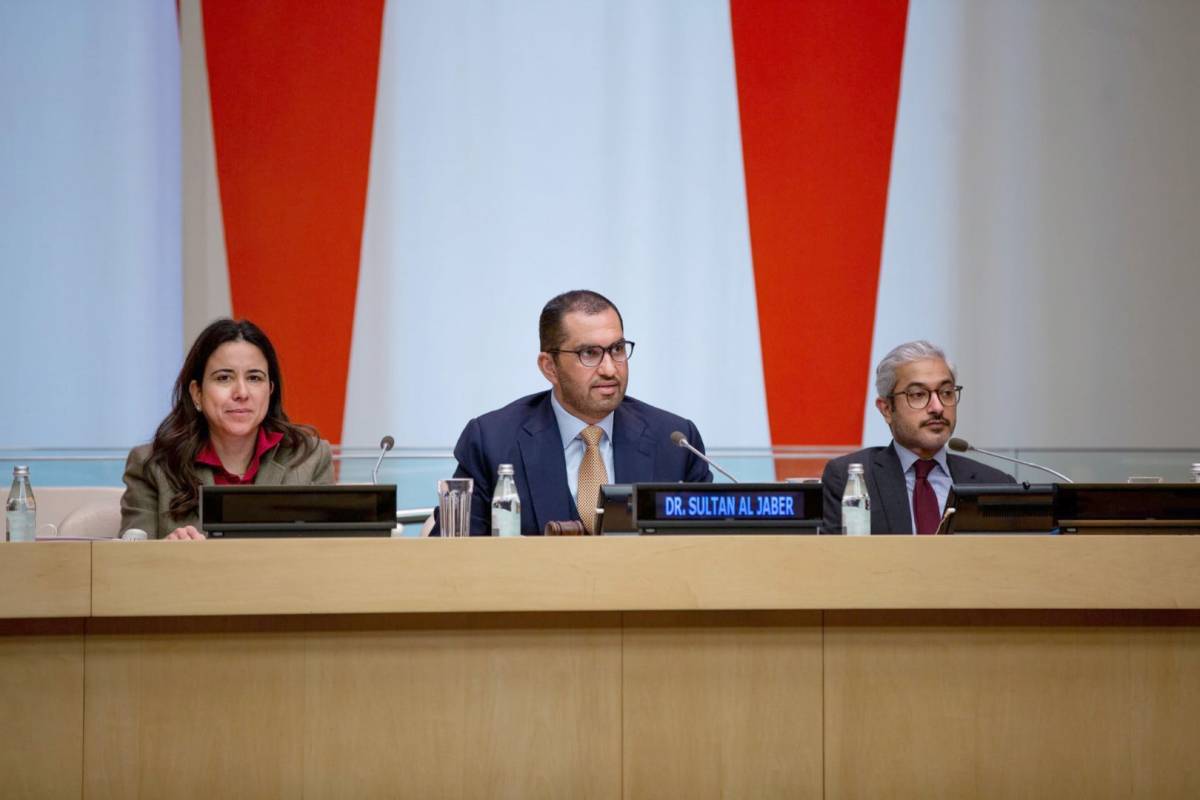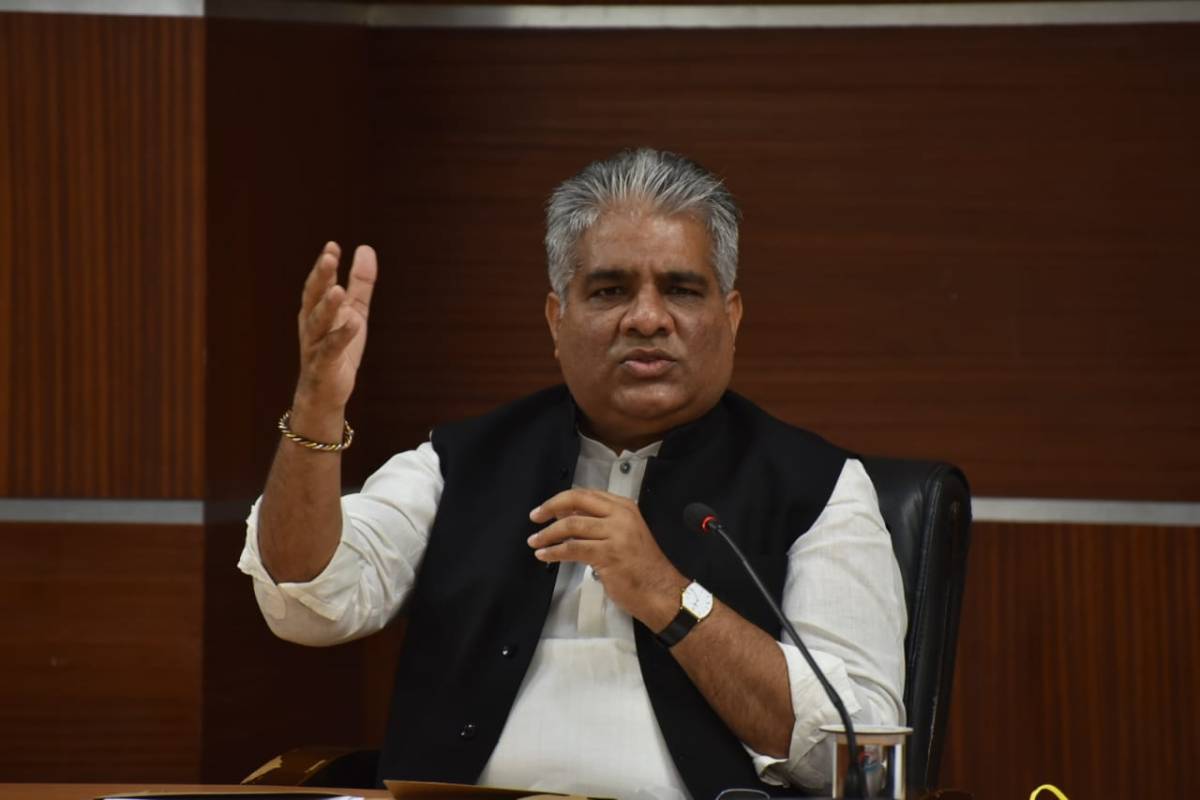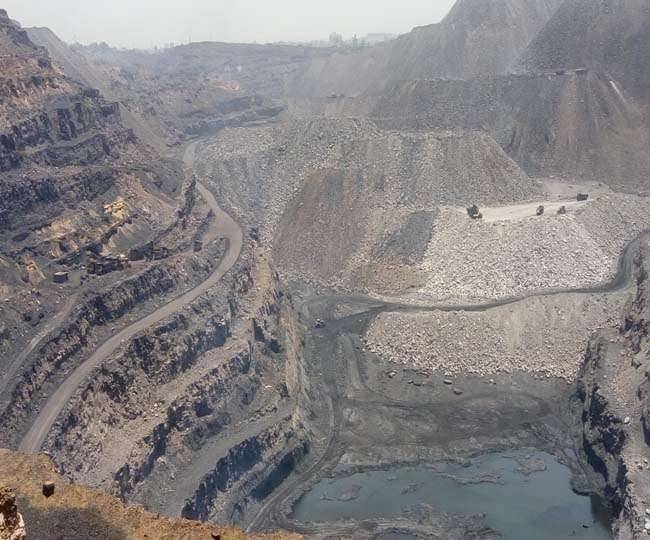Marking African Environment Day, African experts and pan-African organizations on Thursday emphasized the need to tackle the continent’s continued climate change-induced disasters
Africa Environment Day, celebrated annually on March 3, was established in 2002 by the Organization of African Unity (OAU), the predecessor of the African Union, as a way of raising awareness of the pressing environmental challenges facing the continent. Since 2012, the Africa Environment Day has been celebrated in conjunction with Wangari Maathai Day in honor of the late Nobel laureate’s legacy in nature conservancy.
The African continent, in a bid to address the twin effects of climate change and desertification, is in recent years bracing itself to devote undiluted attention to integrating sustainable environmental management into the mainstream development policies at both continental and national levels.
Experts, however, argued that albeit the commendable efforts underway to counter the impact of climate change, the continent is in urgent need to exert strong efforts to end the scourge.
Adefris Worku, a senior forestry expert at the Environment, Forest and Climate Change Commission (EFCCC) of Ethiopia, said the extent of climate change in Africa is growing due to various causes, including the expansion of the agricultural sector.
Agriculture, which is the backbone of African economies, is said to be one of the major drivers of desertification in Africa. With a growing population, an increasing forest area is being harvested across Africa.
“Desertification is becoming a very significant threat to Africa. African countries have to do strategic interventions and approach to combat desertification because desertification has become overwhelming, particularly in sub-Saharan Africa,” Worku told Xinhua in a recent interview.
The AU, in its call for action issued Thursday in relation to this year’s Africa Environment Day, stressed that Africa continues to endure serious environmental challenges, saying the unfolding phenomena of climate change, biodiversity depletion, desertification, land degradation and unsustainable use of finite natural resources remain a serious risk for Africa as they pose real impediments to achieving the sustainable development goals envisioned in Africa’s Agenda 2063.
While saying environmental deterioration has exacerbated crises such as droughts, armed conflicts, or other natural disasters on the continent, the AU emphasized that sustainable environmental management is fundamental to the pursuit of food security, peace, security, and stability in Africa.
“To address the twin effects of climate change and desertification, Africa is bracing itself to devote undiluted attention to integrating sustainable environmental management into the mainstream development policies at both regional and national levels,” the pan-African bloc said.
According to the latest figures from the UN Economic Commission for Africa (UNECA), despite representing just 17 percent of the world’s population and emitting just 4 percent of global pollution, Africa stands as the most affected continent in terms of climate change.
“African economies are losing on average 5 percent of GDP because of climate change, increasing up to 15 percent in some countries,” said Linus Mofor, a senior environmental expert from the ECA, Wednesday.
Mofor, speaking during a virtual meeting on partnerships for tools and capacities to integrate climate resilience in investments for sustainable development, said in the absence of global concerted action on keeping warming at below 1.5 degrees Celsius, African countries must be supported with the tools and capacities needed to integrate climate resilience in the huge investments needed to close development gaps.
Mofor insisted that African countries have shown “great leadership” on climate action, stating “all but two African countries have ratified the Paris Agreement with ambitious nationally determined contributions requiring up to 3 trillion U.S. dollars for implementation.”
Despite the daunting challenges, however, African countries have been introducing a number of ambitious initiatives to contain the rapid expansion of desertification in the continent, thereby mitigating the impacts of climate change on communities’ livelihood.
ALSO READ: UNECA chief urges Africa to tap into tech, innovation
The Great Green Wall or Great Green Wall of the Sahara and the Sahel Initiative, which was launched by the African Union (AU) in 2007 with an overarching aim of planting a wall of trees across Africa at the southern edge of the Sahara desert, is one of the African-led initiatives aiming to restore Africa’s degraded landscapes.
According to the UN Convention to Combat Desertification (UNCCD), the Great Green Wall initiative will be the largest living structure on the planet once realized, covering 8,000 km of land stretching across the entire width of the continent from Senegal in West Africa to Djibouti in the east.
According to Worku, Ethiopia, one of the signatory countries of the initiative, considers the ambitious project as “a very important and relevant strategy to combat desertification and ensure sustainable development in the country.”
More than 20 countries across Africa have been implementing the initiative in hopes of restoring 100 million hectares of currently degraded land and sequestering 250 million metric tons of carbon by 2030.


